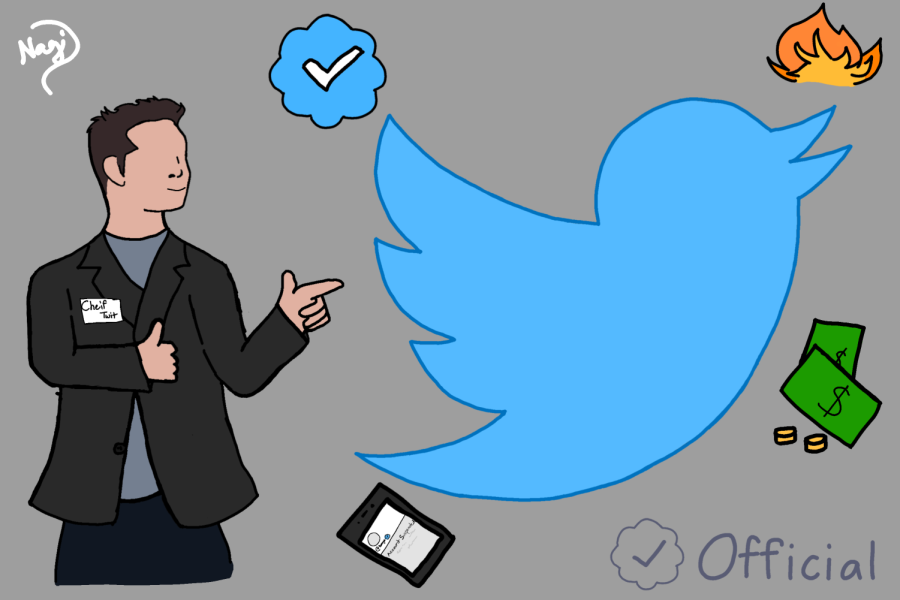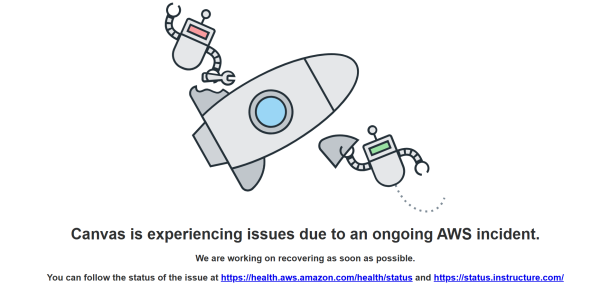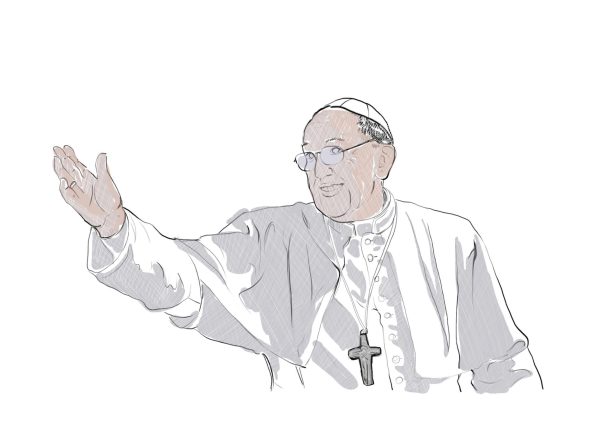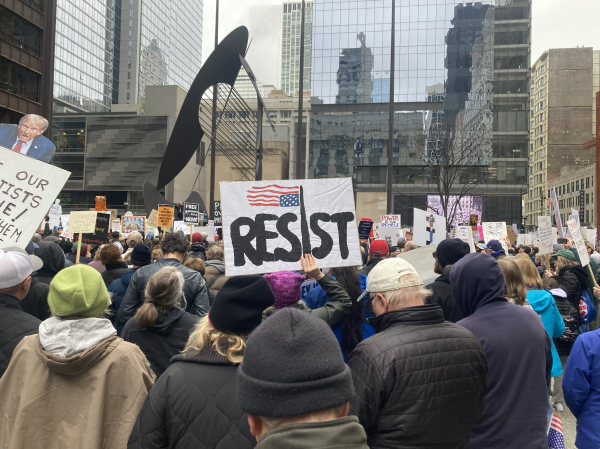The Shakedown of Twitter
What in the world is happening at the tech company?
Elon Musk has officially become the CEO of Twitter – or, as he now calls himself, “Chief Twit.” Wanting to transform Twitter into a digital “town square” and an “everything app,” Musk has had lofty goals for the social media giant. In October, when Musk officially bought the company for $44 billion, he promised significant changes. This included making the platform a forum that promotes and protects free speech, ensuring that users would all be able to say anything they chose to without regulation or punishment. This philosophy has resulted in conflict between the public, the corporation, and Musk himself, regarding Twitter verification, the reactivation of banned accounts, and hate speech on the platform. Musk is also trying to cut the company’s costs, and did so by firing ½ of Twitter’s original workforce, some of whom he then rehired.
Musk had been hinting at buying Twitter since 2017, and started quietly accumulating Twitter shares in the early days of 2022. He had originally offered to buy the company in April, a mere four days after rejecting the chance to be on its executive board. However, the possibility of Musk acquiring Twitter prompted worry, specifically because the company would go from a public platform to a private entity, increasing the likelihood of harassment.
Musk reversed his decision to buy the company several times, stating various reasons, including an abundance of spambots (which he originally committed to combating). Musk and former Twitter CEO Parag Agarwal’s argument over the issue ironically manifested as a thread on Twitter itself. Musk’s hesitancy to close the deal even resulted in a lawsuit by Twitter’s executive board. Eventually, however, the deal was closed in late October, 6 months after it was originally proposed. This at the time seemed to signal the end of the tumultuous period for the social network.
After the acquisition, Musk delivered on his promise of revamping Twitter. Within a week of his purchase, around 3,700 employees were laid off, which was just over half of the company’s workforce. This was largely to manage Twitter’s costs, due to the fact that ever since Musk acquired it, it has been losing around $4 million a day. But the layoffs were met with incredible amounts of backlash, leading a scrambling Twitter to attempt to rehire the lost personnel.
Perhaps the most publicized debacle though, is the “blue check” controversy. Previously considered coveted signs of authenticity, blue checks, which appeared in each user’s profile, were used to distinguish real celebrities on Twitter from ordinary people. But Musk immediately unveiled a policy to charge $19.99 (he later reduced the price to $7.99) for a monthly subscription called “Twitter Blue” which, among other bonus features, allowed users to gain the verification symbol. He reasoned that the move would give “power to the people.”
The monetization of verification was met with backlash by users. In response, Twitter installed another gray verification symbol (which was taken away, but then was reinstalled within days). This mark for verified accounts was unable to be purchased.
But damage was still done while the policy was in effect. Fake accounts imitating real ones were temporarily able to pay for verification and spread misinformation freely. An example of this came from an impersonation of the pharmaceutical company Eli Lilly, when a verified impersonating account tweeted that, “Insulin is free now,” wreaking havoc not only on Twitter but also in the economy, where Eli Lilly’s stock dropped significantly as a result. This incident caused Twitter to revoke users’ ability to purchase Twitter Blue, rendering the conflict of the previous days entirely pointless. He alluded to the subscription’s relaunch, which he originally said will be on Dec. 2, but has as of now been postponed indefinitely.
Senator Ed Markey of Massachusetts expressed discontentment about the impersonation disaster that was unfolding at the time as his account was easily impersonated by a Washington Post reporter. Musk fired back that it was “[p]erhaps…because [Senator Markey’s] real account sound[s] like a parody.” The Senator responded by tweeting, “Fix your companies. Or Congress will.”
Not only has Musk mentioned a relaunch of the previous two pronged verification system, he has also proposed additions to it, with two additional symbols. The new checkmarks will be either gold or blue in addition to gray. Gold checkmarks will denote companies, gray will be for government officials, and blue for individuals (like celebrities). These accounts, according to Musk, will be manually authenticated to prevent those impersonations that were plaguing Twitter, but still will need to be paid for.
Musk has additionally come under fire for mocking T-shirts he found made by Twitter employees that read “#staywoke.” The slogan actually was used as an attempt to support black employees and call out systematic racism, and Musk making fun of it was deemed incredibly offensive. The T-shirts were made after the killing of a young black man named Michael Brown in Ferguson at the hands of Missouri police back in 2014. A protest movement called “hands up, don’t shoot” was spurred by this event, named so because Brown was killed despite him putting his hand up in surrender to the police, and pleading for them not to shoot. The movement spread throughout the country. The phrase “hands up don’t shoot,” while inextricably tied to Michael Brown, is a symbol of the Black Lives Matter movement as well. Musk, though, doubled down on his sentiment in a now deleted tweet, saying that the “hands up, don’t shoot” movement was fake. Musk’s actions were seen as racist, and an invalidation of the reality of police brutality against African-American individuals, as CNN’s Don Lemon explained.
Recently, Musk has also begun to reactivate formerly banned accounts, granting them “amnesty,” under the condition that they haven’t broken laws or egregiously spammed the platform. In a poll, which is one of Musk’s most used ways to communicate with ordinary Twitter users, a majority of 72.4% supported this policy. Most notably affected by this shift is former president Donald Trump, who was banned from after the events at the capitol on January 6. Musk sent out a poll on his Twitter account asking about whether or not he should be reinstated and those who wanted Trump back won with 51.8% of the vote. Trump has decided he will continue to use his self-created platform Truth Social as an alternative to Twitter and as of now hasn’t released any new tweets on Twitter. The effects of this reversal on suspended accounts largely remain to be seen.
With Twitter losing money, staff, and users this fast, its future is increasingly unclear. Musk has an uphill battle ahead of him, since he must reduce the debt accumulated by the social networking app. To make ends meet, expenses have to decrease, or more income has to be brought in. We’ve seen Musk attempt to combat this money problem, whether that be by firing employees or charging for verification. In fact, Musk has even said that he plans to find a new CEO for Twitter. But with none of these attempts seemingly helping the problem, more drastic measures may be taken to protect the company from going under. We’ll soon find out what the new CEO’s plans are for the company. But one thing is for certain: it’s a long road ahead for the newly Elon Musk-ified Twitter.

Anagha joined the Advocate in 9th grade, and has been an engaged member since, writing articles spanning news, opinion, and of course, school and local....







